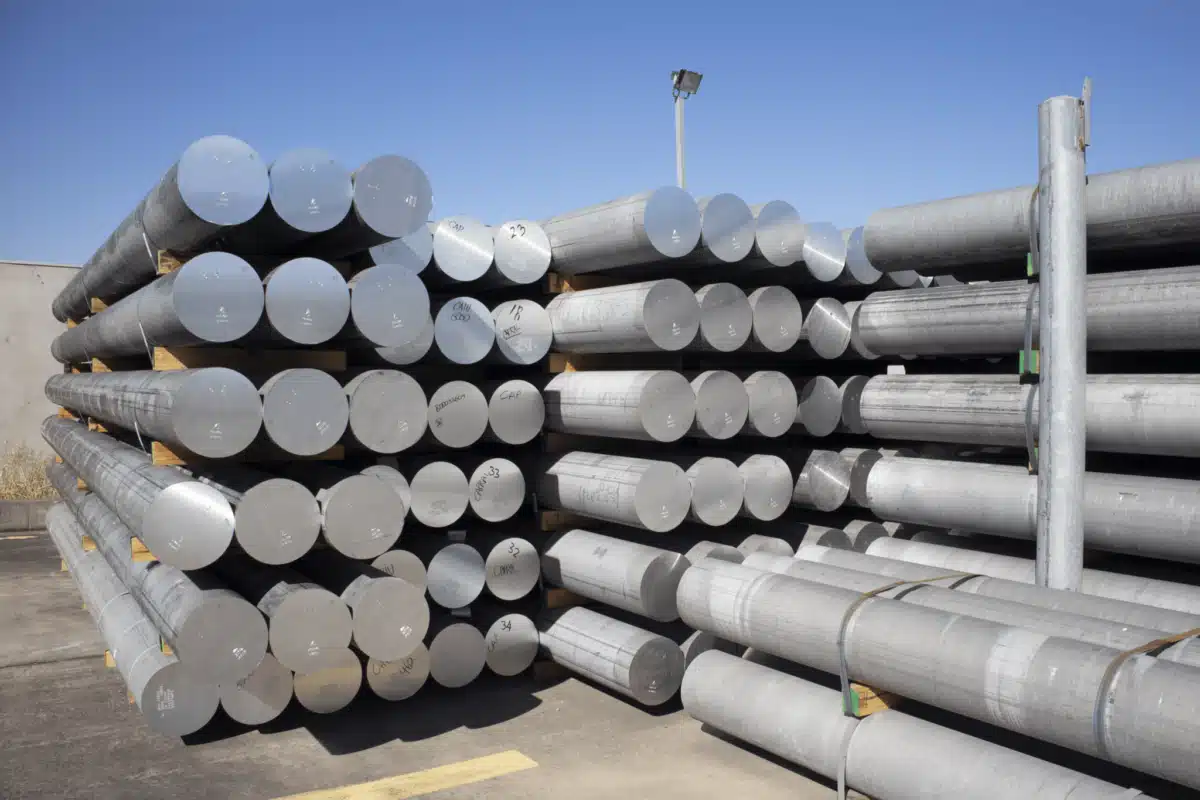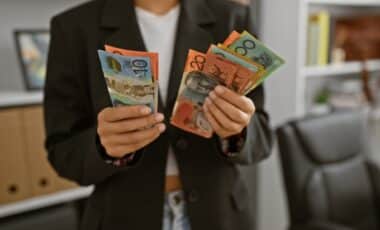The Australian aluminium sector, a key part of the nation’s manufacturing landscape, faces growing concerns over the potential impact of US President Donald Trump’s proposed tariffs.
A 25% levy on aluminium and steel imports into the United States could disrupt Australia’s export-driven industry, which is valued at $18 billion. Australian officials are currently seeking exemptions, while industry leaders worry about the broader effects on global trade.
According to Tony Dragicevich, director of Capral Aluminium and a leading figure in Australia’s aluminium manufacturing, the industry plays a critical role in the economy. Aluminium is the country’s largest manufactured export by value.
Yet, despite its importance, the sector is now confronting challenges due to shifting trade policies in the US.
Potential impact on Australia’s aluminium exporters
The impact of Trump’s tariffs will primarily be felt by Australia’s aluminium smelters, which are responsible for producing the bulk of the country’s aluminium output. Australia exports 80 to 85% of its aluminium, and the US market accounts for about 10% of these exports. The tariffs could make Australian aluminium less competitive in the US, causing smelters to look for alternative markets.
Tom Mortimer, national policy director for the Australian Workers’ Union, stated that the country’s four primary aluminium smelters, located in Queensland, New South Wales, Victoria, and Tasmania, would bear the brunt of these changes.

He explained that the proposed tariffs are unsettling for the sector, as it could open the door for other countries, such as China, to flood the global market with cheaper aluminium, putting local manufacturers at a significant disadvantage.
China, the world’s largest aluminium producer, could be particularly affected by the US tariffs. With limited access to the American market, Chinese producers might redirect their aluminium to countries like Australia, which could disrupt local pricing structures.
Concerns over global market shifts
Peter Navarro, a senior advisor on trade and manufacturing at the White House, has argued that the tariffs would help bring back the “golden age of steel and aluminium” to the US. He also singled out Australia for “killing” the American aluminium market.
However, Timna Tanners, a metals analyst at Wolfe Research, countered this claim, pointing out that the US is currently short on aluminium, producing only about half of its domestic needs.
As the situation develops, industry leaders like Dragicevich stress the importance of protective measures, including anti-dumping duties, to prevent unfair competition from countries that may attempt to undercut market prices. The Australian Aluminium Council has called for such measures to safeguard the industry from global market fluctuations.









